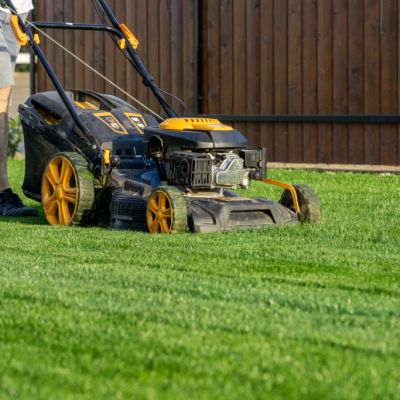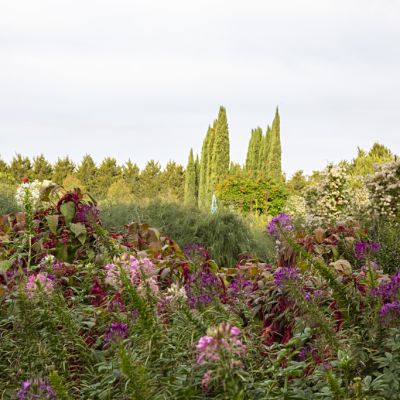How to start a veggie patch: Tips from an expert gardener
Few things are more rewarding than growing your own food. It’s fresher, more affordable, and gives you peace of mind knowing exactly what went into it – not to mention it tastes better than anything from the shops.
The longer days and warmer weather make this the ideal moment to dig in, whether you’re starting fresh or breathing new life into an old bed.
The essentials for any vegetable patch
Choose a spot that gets at least six hours of sun a day and has well-drained soil. It should feel light and crumbly, not heavy or hard to dig. If yours is on the heavy side, mix in plenty of compost and coarse grit to improve its structure and drainage.
If the soil is too difficult to work with, try raised beds or pots filled with quality potting mix instead – they’re also perfect if you have limited space or no garden.
Whether you’re planting directly in the ground, refreshing an old bed or filling new pots, enrich the soil with organic matter such as compost or well-aged manure. This gives your herbs and veggies a nutrient-rich start and sets them up for healthy growth.
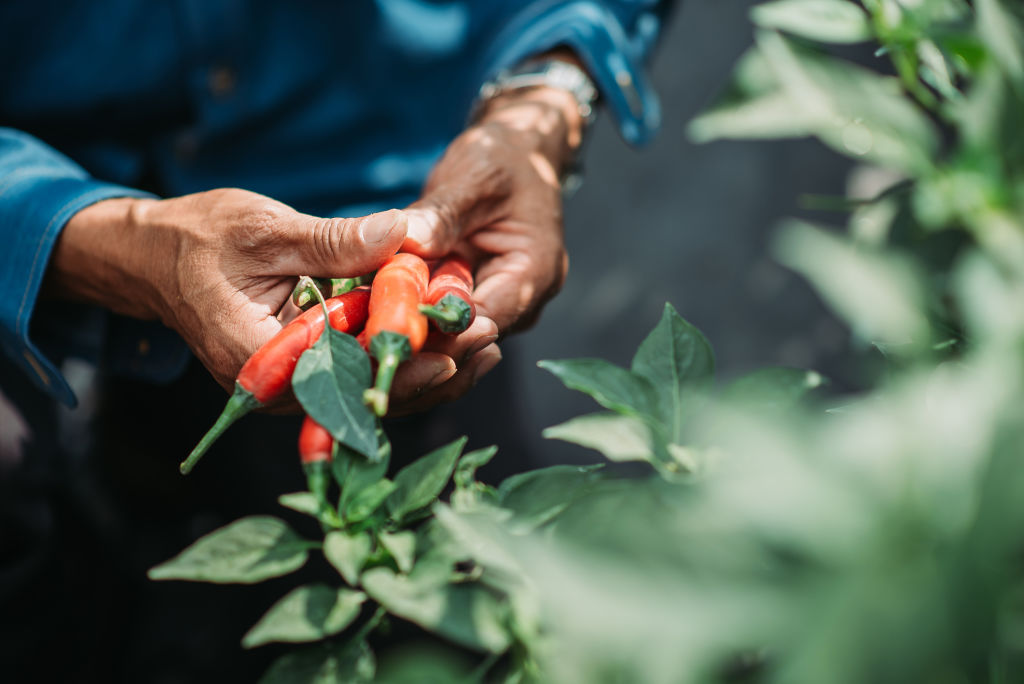
Are seeds or seedlings better for a veggie patch?
Both have their perks. Seeds are economical and offer more variety, though they do take a little extra time and care to get started. Seedlings cost a bit more but give you a head start on the season. A mix of both works well.
I sow seeds for everyday veggies like lettuce, rocket and spinach. But when I only want a handful of plants, particularly of a new or unusual variety, I prefer seedlings to avoid ending up with more than I need.
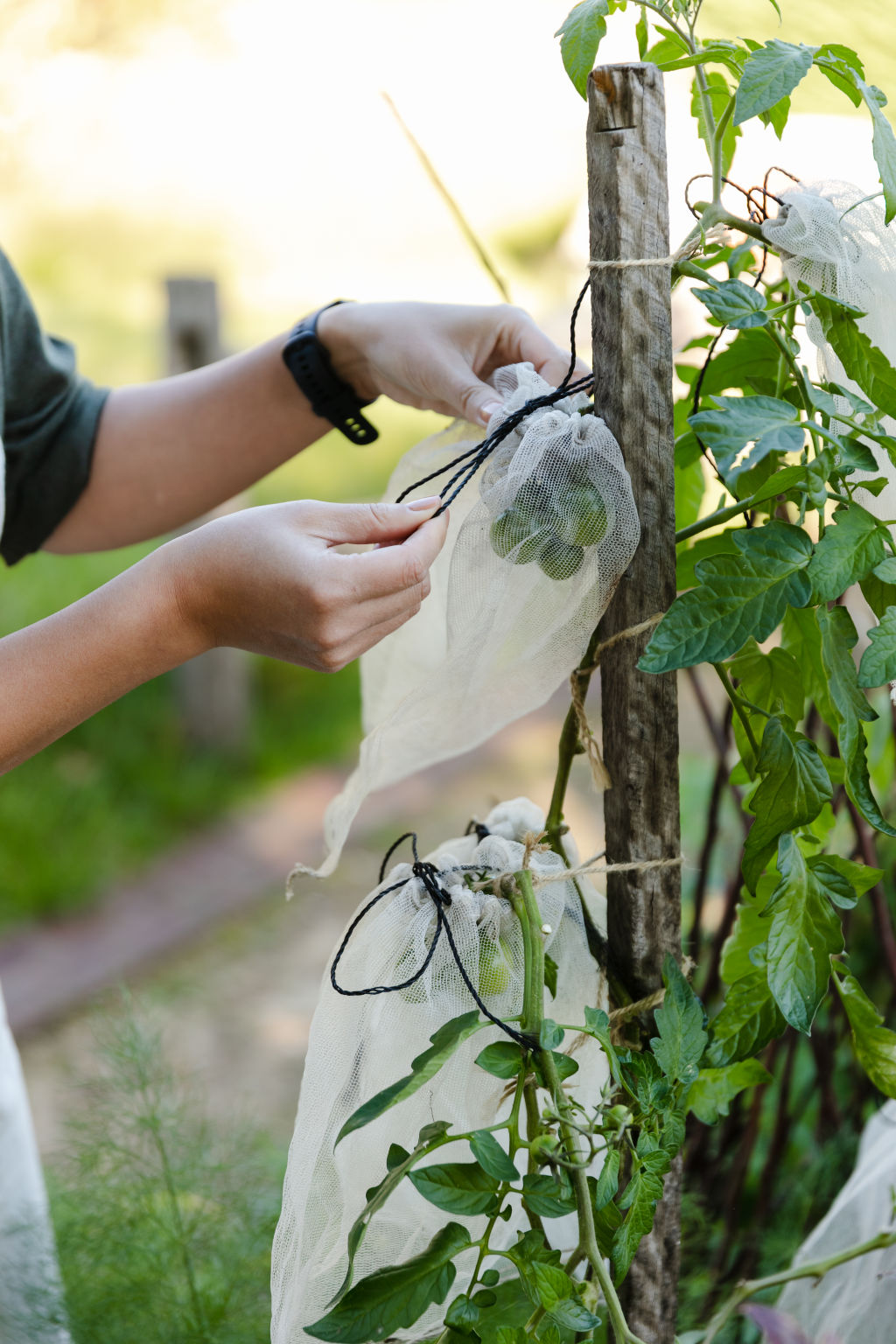
What to plant in your veggie patch
The fun part! Before you get carried away with planting everything, start small. Pick the veggies and herbs your family love most and let your garden grow from there. Always choose what’s in season for the best chance of success.
Spring is the season to fill your patch with warmth-loving herbs and veggies. Sow herbs such as basil, parsley, oregano, thyme and mint, add leafy greens like lettuce, rocket and spinach, and don’t forget the stars of the summer harvest – tomatoes, eggplant, beans, cucumber, zucchini, capsicum, melons and chillies.
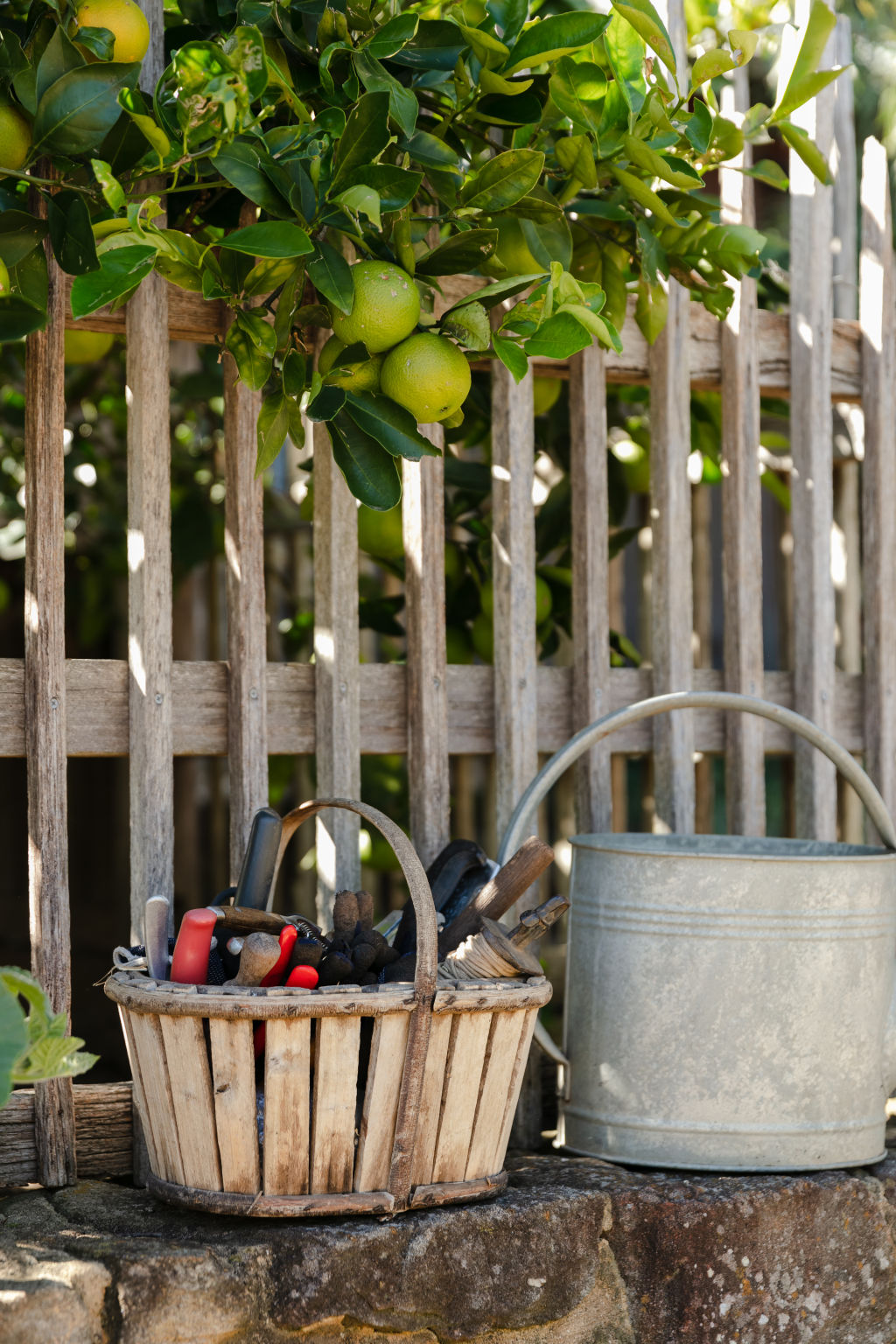
Ongoing care tips
Keep the soil consistently moist as your plants establish and throughout the growing season. Apply an organic mulch, like sugarcane mulch or pea straw, around your plants to help retain moisture and suppress weeds.
Feed regularly with an organic liquid or pelletised fertiliser to promote healthy, strong growth. Stay on top of pests too – caterpillars, snails and aphids are common culprits. Check leaves often, especially underneath, and act quickly, whether that’s hand-picking, blasting with a jet of water, using organic sprays or releasing beneficial insects into the garden (check out bugsforbugs.com.au).
Tammy Huynh is a horticulturist, presenter on Gardening Australia and the owner of Leaf an Impression.
We recommend
States
Capital Cities
Capital Cities - Rentals
Popular Areas
Allhomes
More
- © 2025, CoStar Group Inc.
